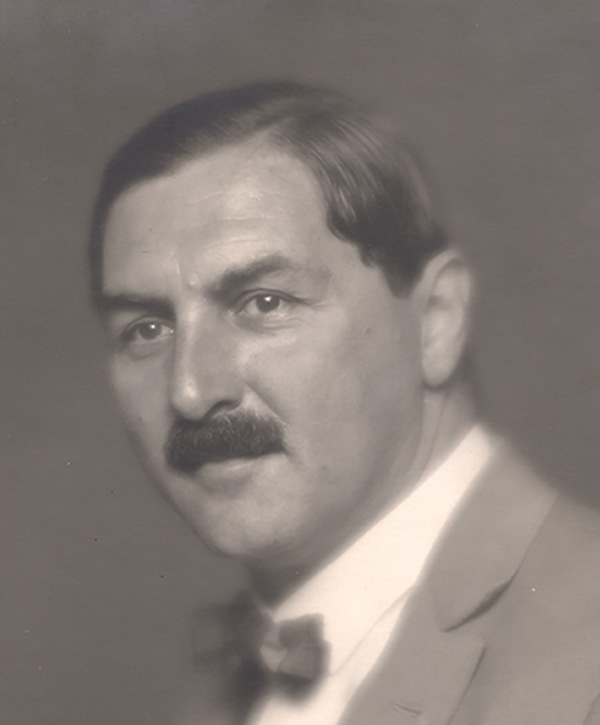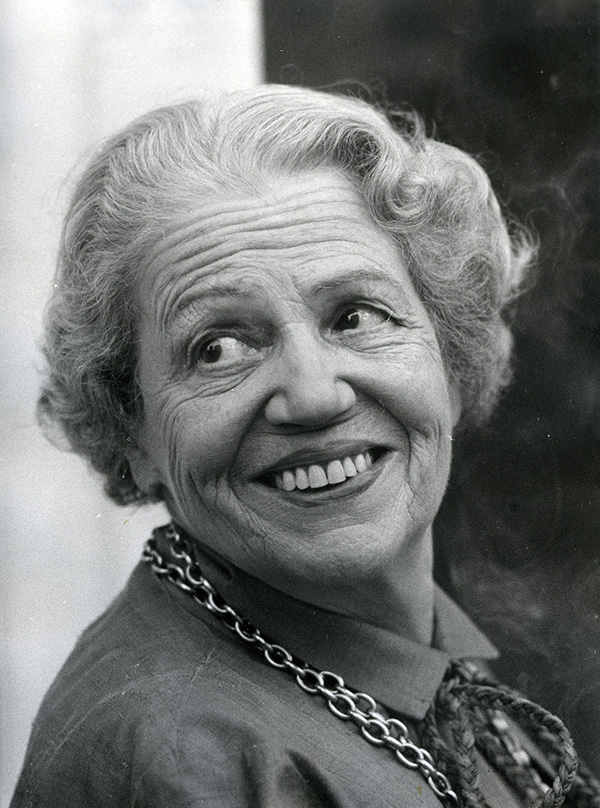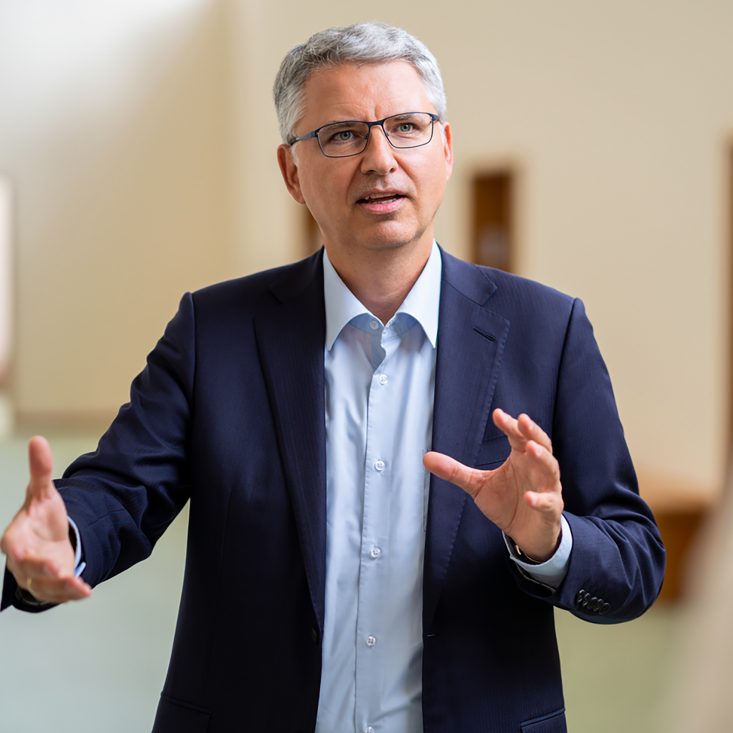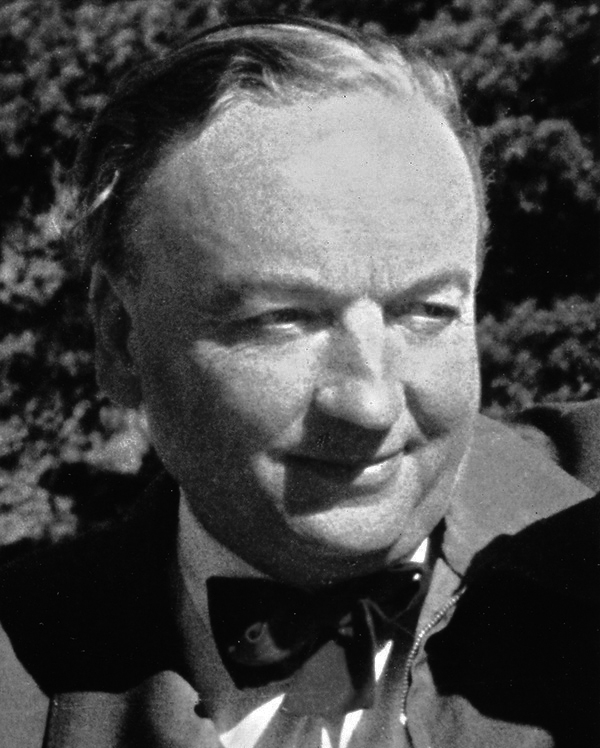Professor Otto Rudolf Salvisberg (1882-1940) is one of the most important European architects of the 1920s and 1930s. His main body of works is located in Berlin and his developments there today are part of the UNESCO world heritage site Berliner Grosssiedlungen. After 1928, he was the dean of the architecture faculty of the ETH Zúrich. He is considered the father of Swiss Functionality and his students brought the detail-obsessed design style he was famous for to many countries in the world, laying the foundation for the good reputation of Swiss architecture abroad. His signature inside out design process means that the building has been designed with the usability and beauty of the inside spaces in mind. The proportions of rooms were very important to him. Technologically, Salvisberg was a savvy pioneer and the first ever blinds controlled by photocells were installed by him in Roche’s building 27 (1938). Also, he was an early champion for using exposed concrete also in representative buildings and he developed many of the new methods needed for dealing with the material. Salvisberg was commissioned for the Roche buildings by the company’s legendary general director, Emil Christoph Barell, who first had his private home in Basel designed by him. However, the later owner of the majority of the voting stock of Roche, Maja Sacher (1896-1989), grew very fond of Salvisberg. She designed her own house in Pratteln in a similar style and later on made sure that the company would stick to the architectural identity forged by Salvisberg.



